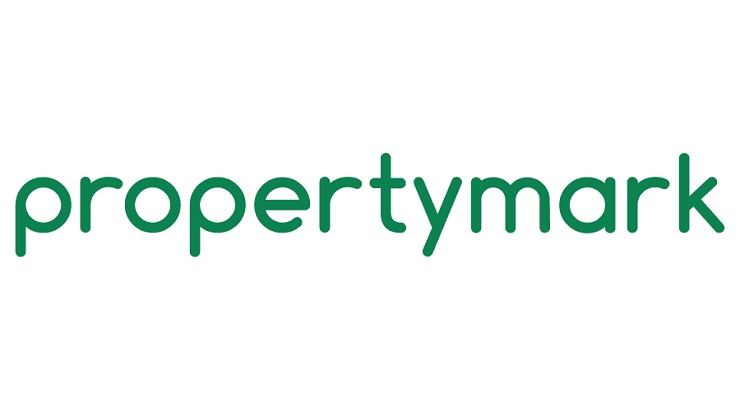Fraud Transaction Monitoring: A Robust Security Against Financial Fraud
Financial fraud happens when any organization or individual is deprived of its money or capital. Deceptive, illegal or misleading practices also harm the financial health of an institution or organization. In the recent age of global digitalization, the financial sector has seen an alarming increase in fraudulent activities. In 2020, according to International Banker, fraud rates in the United Kingdom increased by 25%. Therefore, organizations can strengthen their defense systems by implementing fraud transaction monitoring systems to detect and prevent fraudulent activities.
Fraud Monitoring: A Quick Review
Fraud monitoring is a fundamental part of the fraud prevention strategy of financial institutions. It is vital for a financial institution’s online fraud detection and prevention program. This requires the continuous monitoring of the transaction made by the clients whether it is monetary or non-monetary. Let’s deeply explore them:
1. Monetary Transactions: These transactions include fund transfers and payments.
2. Non-Monetary Transactions: These transactions include a change in the account owner’s profile, adding a beneficiary or payee, and device registrations.
Transaction Monitoring Solution
Regulatory compliance is very important for any financial institution. Although transaction monitoring ensures compliance with financial crime regulations and minimizes risk to the institutions, AML compliance involves many variables and several different fields of interest.
Here a powerful transaction monetary solution is needed for compliance and risk teams.It is an advanced transaction monitoring software that assists businesses in the analysis of data efficiently and identification of unusual patterns of behavior automatically.
Benefits of Transaction Monitoring Solution
1. It allows organizations to focus attention on high risk and anomalous transactions.
2. This solution deters financial fraud and maintains compliance.
3. It helps businesses with Know Your Customer(KYC), Know your Transaction(KYT), identity verification, due diligence, PEP(Politically Exposed Persons) screening and business onboarding.
Elements of Transaction Monitoring Solution
Payment Screening Process
This process payment screening deals with the authentication of all transaction elements. This process checks the nature and purpose of the transaction, the value of the transaction and all parties that are involved in before the execution of the transaction.Payment screening process cross-reference sender and recipient names on sanctions lists to prevent doing business with prohibited individuals and entities. It verifies the identifications against databases, and can scan the transaction for anything fishy or dubious.
It is also a crucial step to meet compliance standards. Itt allows organizations to stop potentially fraudulent transactions before they are executed, screening them for red flags.
Suspicious Transactions Monitoring
.Suspicious transaction monitoring identifies suspicious activity that may be tied to money laundering activities or other financial crimes. It examines and evaluates information pertaining to devices, IP addresses, behavior, online and mobile banking sessions, and all user actions as they take place. This process enables financial institutions to promptly address potential threats and identify high risk transactions (credit card payments inclined to chargebacks or frauds). A massive volume of data, events, and their context is evaluated in order to identify abnormalities in user behavior patterns regularly to keep an eye on suspicious activities. Following are the different forms of suspicious transaction behaviors.
1. If large sums of money are transferred from one bank account to another.
2. If a large or unusual amount of deposits is made into another account.
3.If the requirements of record keeping are avoided.
4. Several transaction bursts in a short time
5. Transactions that the account isn’t used for
Use of Technology
These solutions use advanced technologies like artificial intelligence and machine learning. Artificial intelligence is used to analyze incredibly large volumes of data in real time. Machine learning can then be used to compare the normal behaviour of the user against suspicious behavior. When suspicious behavior is detected, financial institutions can request additional authentication from the user to confirm the legitimacy of the customer. If they pass the security measures and authentication process, they are allowed to proceed. If they cannot, the transaction is stopped with online fraud detection. Machine learning algorithms are good at identifying anomalies and identifying new attack scenarios.
Conclusion
The increasing rate of financial fraud shows that businesses need fraud prevention strategies to strengthen their defense against fraudulent activities. It is crucial for the organizations for the preservation of their integrity. It requires continuous monitoring of all the transactions or
Fraud transaction monitoring. It is essential for all businesses that move money. It also helps organizations in maintaining effective regulatory compliance by improving the efficiency of AML operations. In the absence of fraud transaction monitoring,organizations would not be able to flag suspicious activities or events. This can result in noncompliance and may lead organizations to costly fines.









